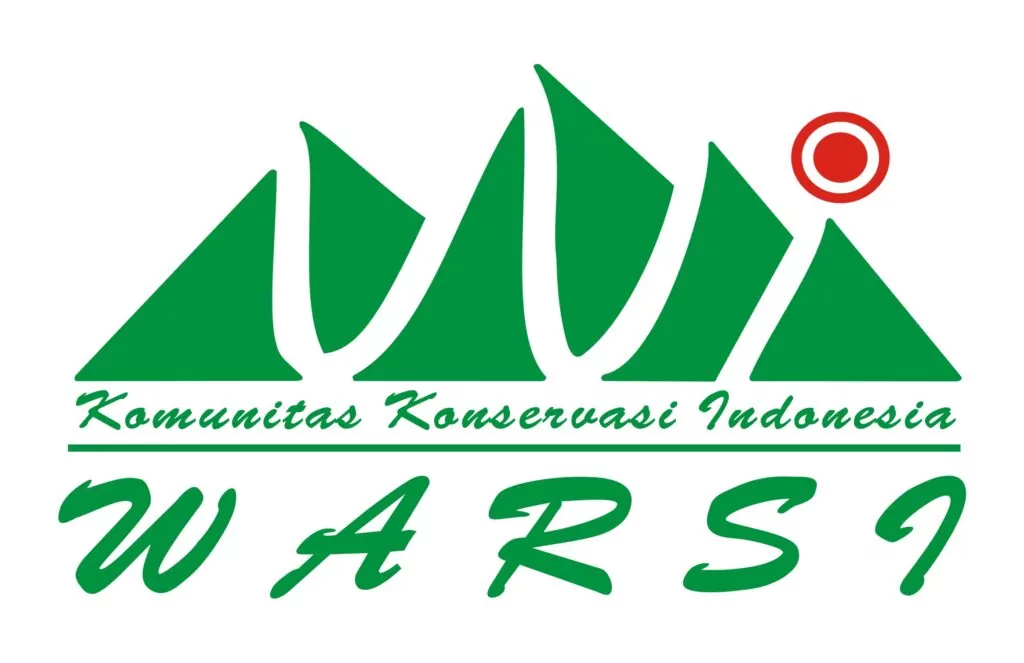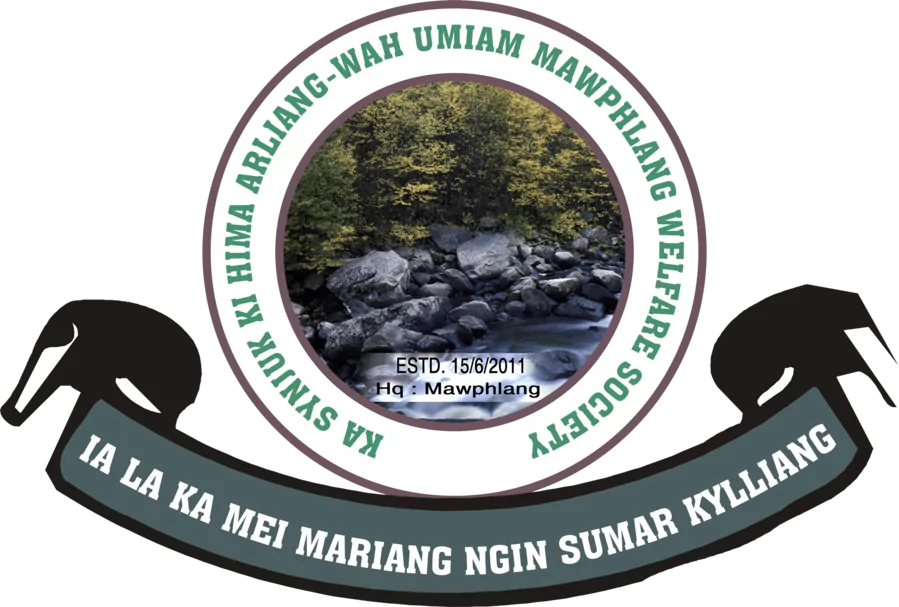This page is under construction.
Overview. On October 7, 2023, California Assembly Bill 1305 was signed into law. Effective January 1, 2024, it imposes disclosure requirements on buyers and sellers of voluntary carbon offsets who are based in or operating within the state. No information on this page is new or different from what has been available all along (in some cases, for over a decade) on COTAP’s website, or on the website of the Plan Vivo Carbon Standard.
Information below is provided for all current COTAP partner projects and can also be found in our project Dropbox folder, which contains below-referenced documentation such as Annual Reports (AR’s), Project Design Documents (PDD’s), and Technical Specifications (TS’s). “PDD/TS” refers instances where the Technical Specifications are part of the Project Design Document. Lettering and numbering below correspond with that of the bill’s section (a) regarding project information. Click on a project name to expand the section.
Trees for Global Benefits (TGB), Uganda
- Protocol for estimating emissions reductions/removals. Small-Holder Agriculture Monitoring and Baseline Assessment (SHAMBA). See TS p.23.
- Location. 19 districts throughout Uganda per 2022 AR p.3.
- Timeline. See TS p.14.
- Start date. Registered 2002.
- The dates and quantities when a specified quantity of emissions reductions or removals started or will start, or was modified or reversed. Quantities and timelines vary by planting year (vintage). 19 years of TGB AR’s can be found here.
- Project type. Afforestation/Reforestation. TS p.4.
- Standard. Plan Vivo (PV) Climate. Project page on PV website here.
- Durability period. See TS p.14. See Durability Period section below.
- Validation/Verification. Validated 2009. Third-party verification by Plan Vivo-accredited VVB required every 5 years. See Dropbox folder for respective information.
- Annual emissions reduced/removed. Varies. Projected emissions reductions are based on a given planting year’s (vintage’s) expected future removals over a 25 year period. For TGB’s 2022 vintage, emissions removals are 1,487,664 tCO2 per 2022 AR p.3.
Khasi Hills Community REDD+ Project, Meghalaya, India
- Protocol for estimating emissions reductions/removals. REDD+/ANR (Reducing Emissions from Deforestation and Forest Degradation / Assisted Natural Regeneration). See TS p.20 and PDD Annex 10.
- Location. East Khasi Hills, Meghalaya, India
- Timeline. See TS p.12.
- Start date. Registered 2013. Also see TS p.12.
- The dates and quantities when a specified quantity of emissions reductions or removals started or will start, or was modified or reversed. Quantities and timelines vary by year (vintage). 11 years of Khasi AR’s can be found here.
- Project type. REDD+/ANR (Reducing Emissions from Deforestation and Forest Degradation / Assisted Natural Regeneration).
- Standard. Plan Vivo (PV) Climate. Project page on PV website here.
- Durability period. See TS Appendix 5. See Durability Period section below.
- Validation/Verification. Validated 2012. Third-party verification by Plan Vivo-accredited VVB required every 5 years. See Dropbox folder for respective information.
- Annual emissions reduced/removed. Varies. The REDD+ and ANR interventions entail different phases, timelines, and annual carbon benefits. 11 years of Khasi AR’s can be found here.
Drawa Forest Project, Vanua Levu, Fiji
- Protocol for estimating emissions reductions/removals. See PDD Part B, Section 5 “Quantifying Project Emissions Reductions & Removal Enhancements.” Part B of this project’s PDD is its Technical Specifications (TS).
- Location. Drawa, Vanua Levu, Fiji
- Timeline. To be confirmed.
- Start date. Registered 2018.
- The dates and quantities when a specified quantity of emissions reductions or removals started or will start, or was modified or reversed. Quantities and timelines vary by planting year (vintage). All Drawa AR’s can be found here.
- Project type. Improved Forest Management (IFM).
- Standard. Plan Vivo (PV) Climate. Project page on PV website here.
- Durability period. See Durability Period section below.
- Validation/Verification. Validated 2015. Third-party verification by Plan Vivo-accredited VVB required every 5 years. See Dropbox folder for respective information.
- Annual emissions reduced/removed. Varies. All Drawa AR’s can be found here.
Bujang Raba, Jambi, Indonesia
- Protocol for estimating emissions reductions/removals. REDD+ (Reducing Emissions from Deforestation and Forest Degradation). See PDD/TS Part G.
- Location. Jambi Province, Sumatra, Indonesia.
- Timeline. Initial project intervention phase 2013-2023.
- Start date. Registered 2016. Project started January 2014 per PDD/TS p.33.
- The dates and quantities when a specified quantity of emissions reductions or removals started or will start, or was modified or reversed. Quantities and timelines vary by year (vintage). Bujang Raba AR’s going back to 2014 can be found here. Also see PDD/TS Table 5.
- Project type. REDD+ (Reducing Emissions from Deforestation and Forest Degradation).
- Standard. Plan Vivo (PV) Climate. Project page on PV website here.
- Durability period. See Durability Period section below.
- Validation/Verification. Validated 2016. Third-party verification by Plan Vivo-accredited VVB required every 5 years. See Dropbox folder for respective information.
- Annual emissions reduced/removed. Quantities and timelines vary by year (vintage). Bujang Raba AR’s going back to 2014 can be found here. Also see PDD/TS Table 17 and Table 5.
Accountability Measures
This section corresponds to AB 1305’s section (b) regarding accountability measures if a project is not completed, does not meet project emissions reductions or removal benefits, and/or if project’s carbon benefits are reversed or do not materialize.
Background. All COTAP projects are forestry-related, and as such they all entail an inherent risk of non-permanence due to natural disasters (fire, floods, pests, disease) and deforestation due to human activities or government policy. As part of their project designs, projects conduct feasibility assessments to ensure that project expansion does not conflict with government projects such as new roads. Holistic project designs also ensure that participants, for example, plant trees only on underutilized portions of their land and in a way that brings additional income does not interfere with their food security.
Internal accountability mechanisms and third-party verification. Varies by project as well as nature and magnitude of a shortfall. In the case of a tree planting or “removal” project, shortfalls in expected reductions/removals typically result in the project allowing participants to verifiably replant. In addition, projects receive annual credit issuances based on internal monitoring results reviewed and approved by the Plan Vivo Foundation. Any material loss events such as wildfires are also tracked and their impact on project performance is factored into each project’s annual report, and thus its annual amount of saleable credits. Instances are noted in a project annual reports’ summary as “adjustments corresponding to previous years” or similar. Further, these results are required to be third-party verified every 5 years. If a project is not performing according to plan and/or experiences a loss in achieved reductions/removals, then it is not issued the respective number of saleable credits.
Project-level and Standard-level buffers. All projects set aside a portion of their achieved, annual saleable reductions (10%-20% depending on the project) into a formally-separated and publicly-viewable registry buffer account. Buffer credits can utilized to compensate for shortfalls/reversals, though the deployment of this mechanism has not yet been needed. In addition to a project’s own buffer credits, the Plan Vivo Standard may choose to compensate for catastrophic shortfalls/reversals in a specific project by utilizing buffer credits from other projects.
COTAP accountability measures. COTAP’s primary accountability measures are dissolving our partnership with a project, and replacing verified reduction/removal shortfalls with credits from its other partner projects. They would be triggered by the combination of 1) a third-party verification’s assessment that there are project-wide reduction/removal shortfalls and 2) a lack of sufficient resolution of that verification’s corrective actions within a reasonable timeframe. To date, the deployment of these mechanisms has not yet been needed.
The closest example of COTAP’s accountability measures almost being needed was with the discontinued Sofala project in Mozambique. Between late 2011 and early 2013, COTAP disbursed $15,323 of donor offsetting funds for 1,393 tonnes from the Sofala project. The project wound down in October 2015 and was subject to a final verification and Plan Vivo annual report. In its final Plan Vivo report, the project was assessed to have generated a surplus net carbon benefit of 225,522 tonnes. If that amount were negative, it would have resulted in using the Standard-wide buffer and/or in COTAP re-purchasing some or all 1,393 tonnes from other projects in order to make its donors whole.
Durability Period
This section is under construction.







